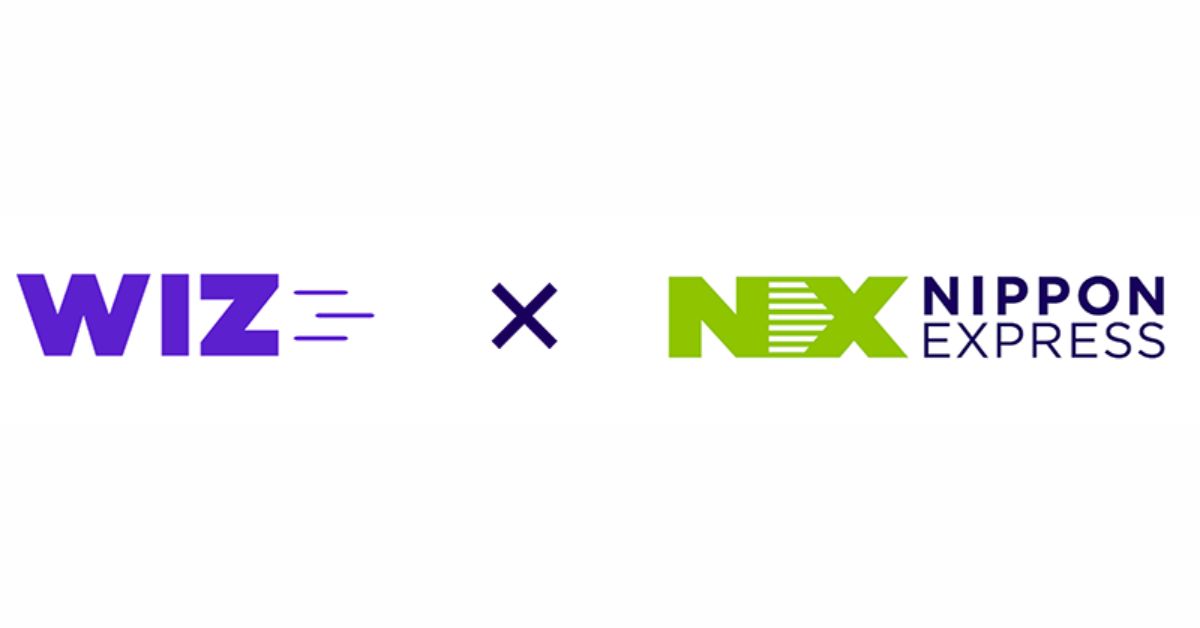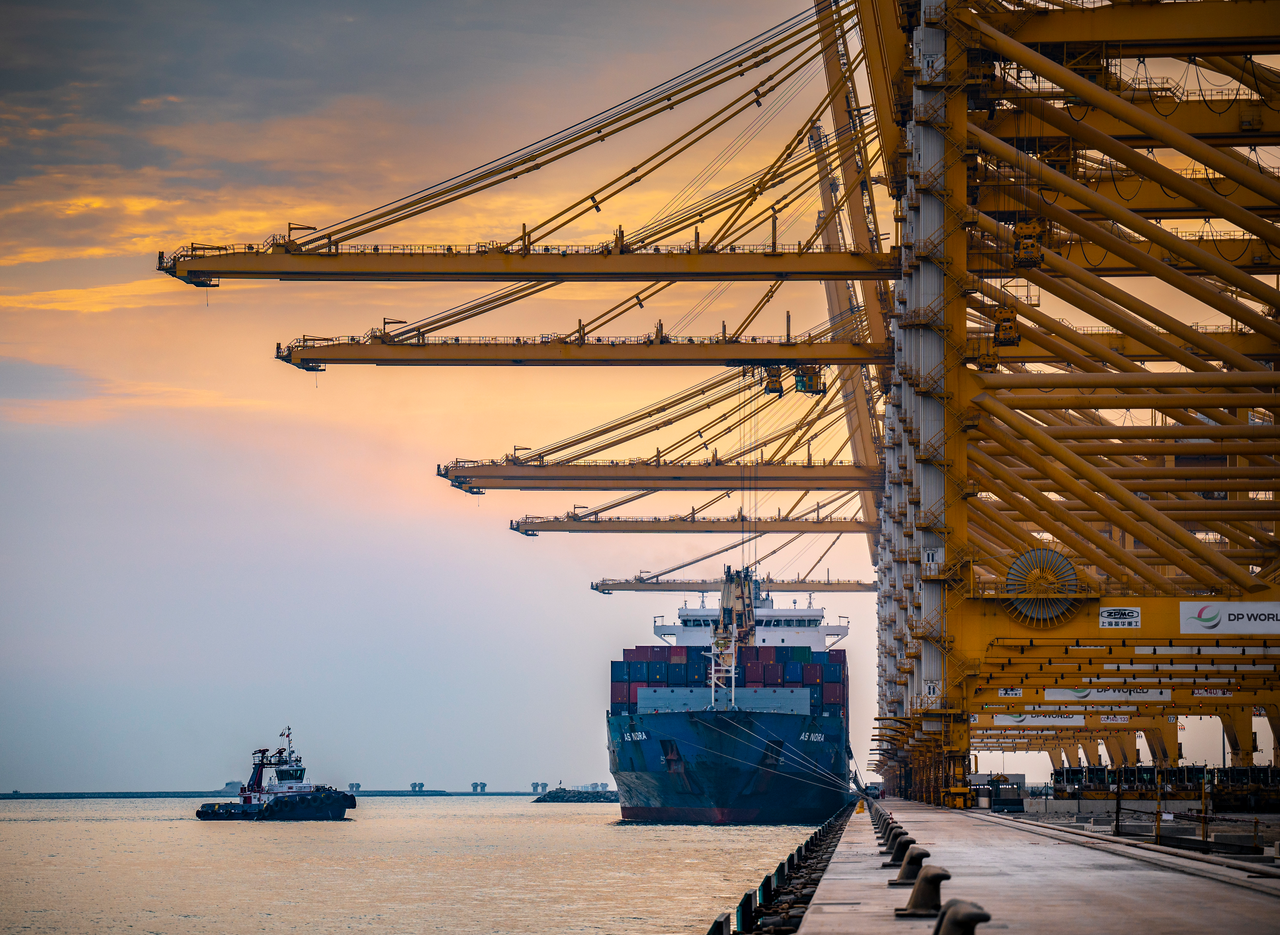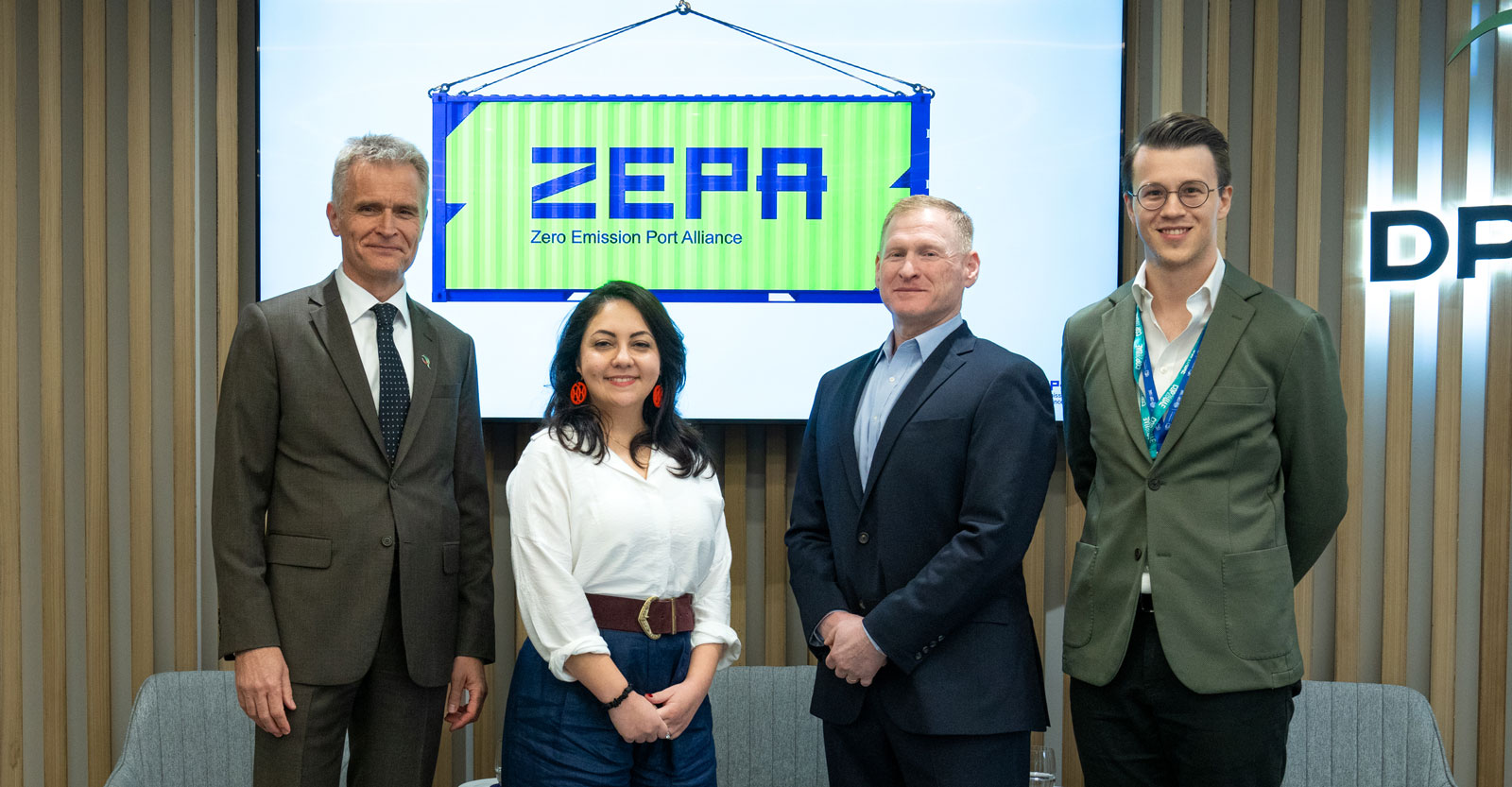Sustainable warehousing: Paving the way for a greener logistics landscape A JLL-Indospace report

In 2023, the net absorption for warehousing and light manufacturing demand is estimated to reach 39 mn sq ft. The growth trend is expected to continue, with demand to increase by 16.6% to reach 61.5 Mn Sq.ft. and the supply correspondingly increasing to 61.9 mn sq ft. by 2026, which will be an increase of 15.8% from the 2023 estimated numbers.
The demand in Grade A space has increased contributing more than ~ 69% of the total demand in the market in 1H2023. However, the logistics sector is still dominated by the unorganised segment, which still accounts for 90% of the market share. The percentage of green-certified warehouses is still relatively low. However with the developers and occupiers sensing the benefits of developing and occupying sustainable assets, the momentum is slowly shifting towards development of certified green warehouses.

Certification agencies like IGBC, LEED and IFC Edge have developed dedicated certification programs for sustainable warehouses. Occupier’s are still not ready to pay the green premium in Indian market. However, the demand for sustainable warehouses is set to increase because of global push and rising awareness among foreign investors on rising cost of resources (energy, water, materials etc).
On implementation of environment friendly measures, it was found that a sustainable warehouse offers significant savings as compared to a non-sustainable warehouse when it comes to energy consumption, water consumption and total embodied energy. Sustainable warehouses also give quick return on investments, i.e., the entire cost spent on the incorporation of green measures can be recovered within a few years of start of operations. When all these parameters were converted to per sqm of construction area, the percentage savings and average payback period on ROI were as follows:

Submit News :
Warning: Undefined variable $alert_status in /home/u451255182/domains/freightcargonetwork.com/public_html/assets/common-includes/footer.php on line 306
Warning: Undefined variable $failed_status in /home/u451255182/domains/freightcargonetwork.com/public_html/assets/common-includes/footer.php on line 313









